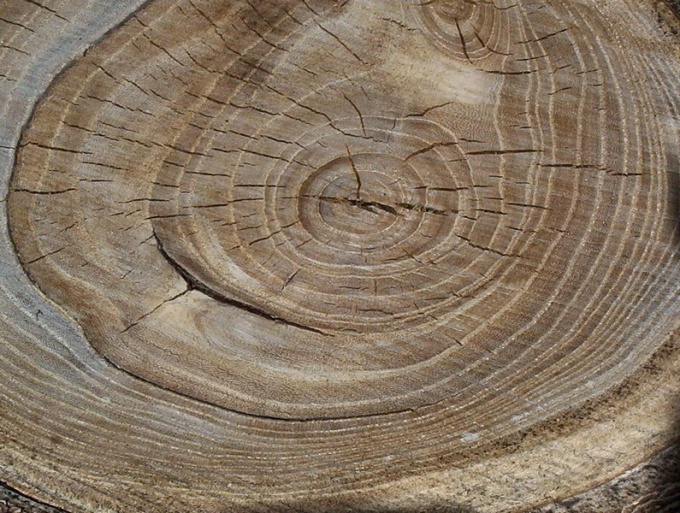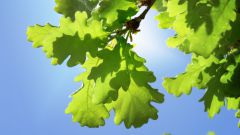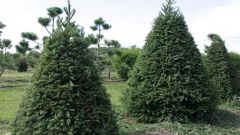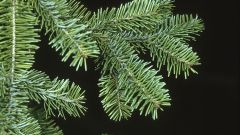You will need
- - a saw or a drill of Pressler;
- - solutions for coloring the wood;
- microscope or magnifying glass.
Instruction
1
Make cut, as close as possible to the ground. For more convenience, you will need a pair of circles. For broad-leaved saw cut can be done on the bias so will increase the width of the rings. Good grind place a saw cut. Consider using a magnifying glass or binocular microscope annual rings. If, however, to distinguish between them it's still difficult, put on the wood alcoholic solution of aniline or of iron dichloride, methylene blue or diluted ink.
2
If it is impossible to cut down a tree, use a forest of bushes for incremental borer Pressler. In the right place, take a drill sample. Pull out the cylinder of wood and count the annual rings, as well as on the frame of the trunk. With the help of this device you can also easily measure annual layers.
3
To determine the ageand coniferous (pine, spruce, fir, cedar) trees required in the above two methods do not. The age of the conifers can learn counting whorls on the trunk. A whorl is called the fan-shaped divergence of the branches on the trunk of the tree. Count the number of whorls. To the obtained value for pine add 3 years for fir – 4 fir – 5, Kedr – 10. Add these figures should, because the first whorl from different trees does not appear in the first year of life. The resulting number will be the ageof the om tree.
4
And you can roughly determine the age of the plant, knowing the life expectancy of certain types. So, aspen can't live more than 100 years, often dies at 80 from wood diseases. Oak is long – lived-the average rises to 400-500 years. Yew trees live up to 2000 years. Cypress can live and 4000-5000 years. Sequoia – up to 7000.
Note
It should be remembered that in countries with tropical climates, where seasonality is not clearly observed, the counting of annual rings in trees is impossible. For age determination it will require a microscope, which will allow a clear view of the cells of the wood.
Useful advice
Should not be relied upon in determining the age, the thickness of the tree trunk. Under adverse conditions, such as poor illumination, soggy soil, damaged by pests or diseases, fires) the diameter of the trunk of the oppressed tree will be much smaller than plants of the same age, which do not suffer from such effects.



